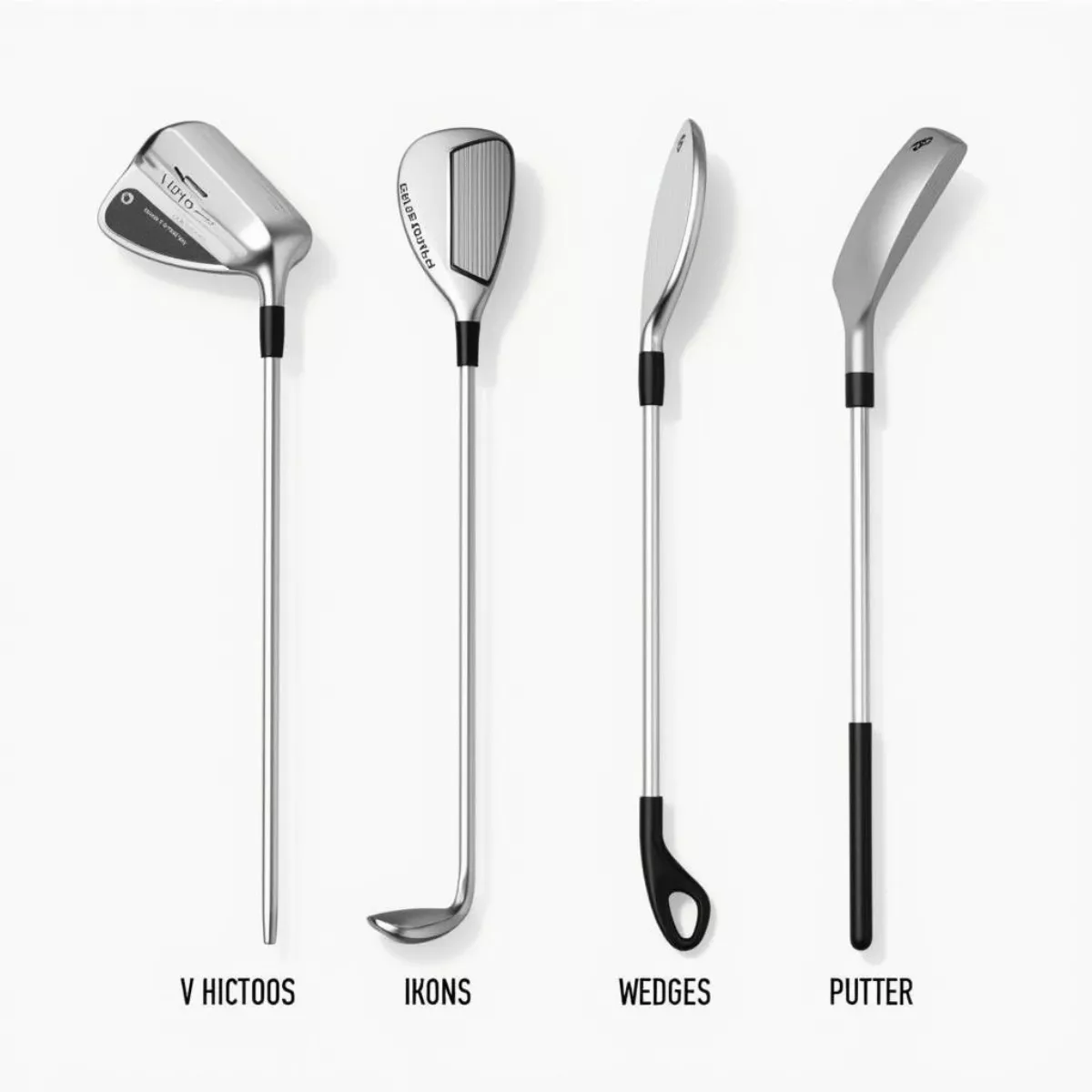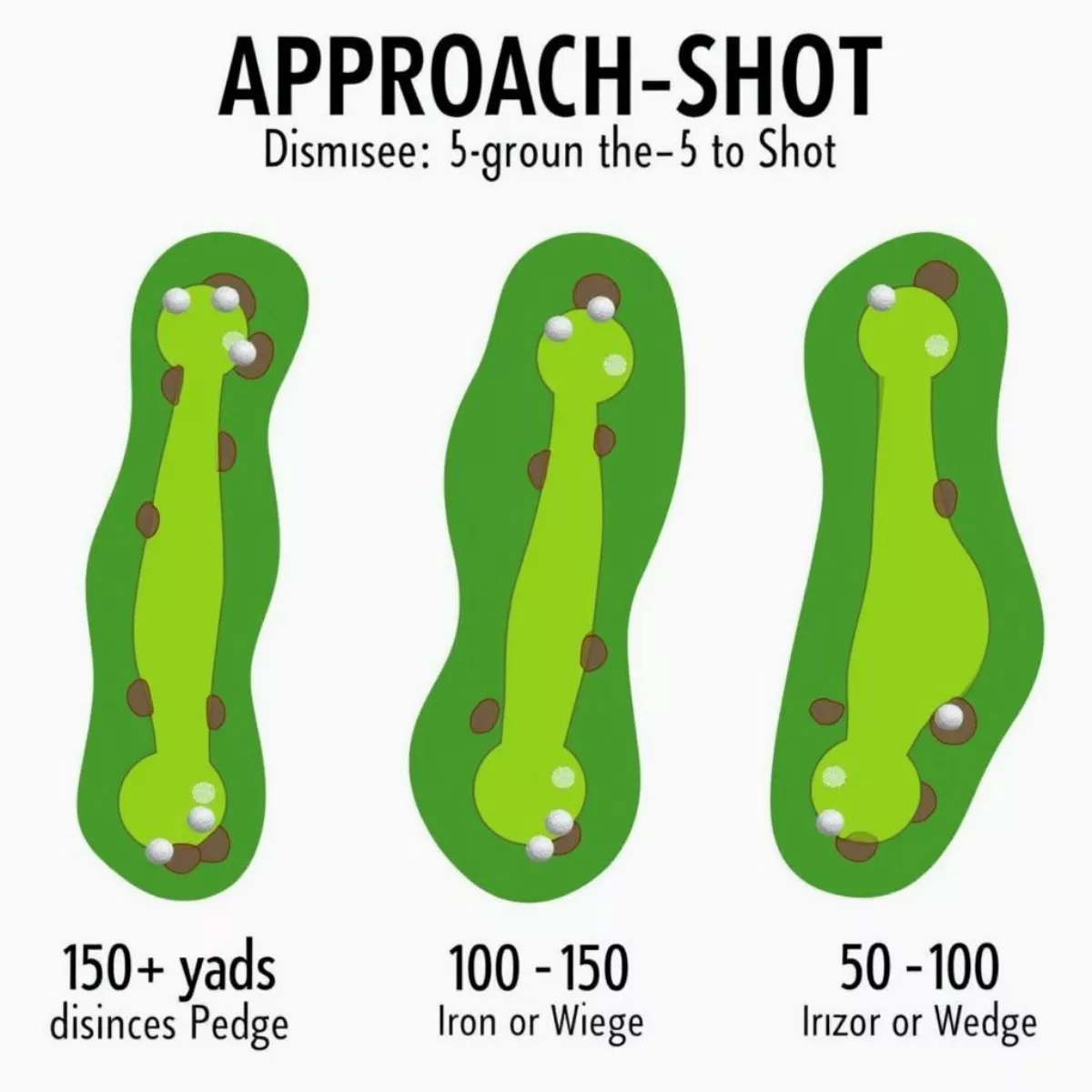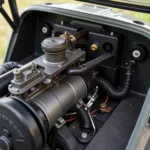Golf is a game of strategy and skill, and knowing which golf club to use in different situations is crucial for scoring well. Whether you’re a beginner or a seasoned player, understanding the appropriate clubs for specific scenarios can significantly enhance your game. In this guide, we’ll take a closer look at the various golf clubs and provide you with the tips and insights needed to make the right choice on the course.
The Basics: Understanding Golf Clubs
Before diving into specific situations, let’s familiarize ourselves with the types of golf clubs available:
- Woods:
- Best for long-distance shots
- Used primarily off the tee or for reaching the green from long distances
- Irons:
- Generally numbered from 1 to 9, with lower numbers for distance and higher for accuracy
- Used for approach shots and shorter distances
- Wedges:
- A type of iron, specifically designed for short, precise shots
- Includes pitching, sand, and lob wedges
- Putters:
- Designed for use on the green
- Helps direct the ball into the hole with precision
Understanding the purpose and mechanics of each club is essential as you navigate the course.
 Types of Golf Clubs
Types of Golf Clubs
Factors to Consider When Choosing a Club
When you stand on the tee box or approach a shot, several factors influence your decision. Consider the following:
- Distance to the Target: Measure how far you need to hit the ball.
- Lie of the Ball: Is the ball in the rough, on the fairway, or in a bunker?
- Weather Conditions: Wind speed and direction can greatly affect your shot.
- Course Layout: Understand the layout, including hazards and pin placements.
By evaluating these factors, you can make better club selections.
Deciding on the Right Club for Different Situations
Here’s a breakdown of common scenarios you’ll encounter on the golf course and recommended clubs to use:
1. Tee Shots
- Long Par 4s/5s:
- Driver: A must-have for length.
- Short Par 4s:
- 3-Wood or 5-Wood: Provides distance while keeping control if you prefer accuracy over power.
2. Approaching the Green
- 150+ Yards:
- 3-Iron or 4-Iron: Good for long approach shots.
- 100-150 Yards:
- 7-Iron or 8-Iron: Offers a balance of distance and trajectory.
- 50-100 Yards:
- Pitching Wedge or Gap Wedge: Ideal for giving you increased control and accuracy.
 Golf Course Approach Shots
Golf Course Approach Shots
3. Short Game Situations
- In the Rough:
- Choose a sand wedge or lob wedge for more loft and control.
- Bunker Shots:
- Sand Wedge: Designed to help you clear sand and get onto the green.
4. Putting
- On the Green:
- Use a putter. Practice your distance control and aim.
Visualization of Club Selection
Here’s a table summarizing club selection based on different situations:
| Situation | Recommended Club |
|---|---|
| Long Tee Shots | Driver |
| Short Tee Shots | 3-Wood or 5-Wood |
| 150+ Yards Approach | 3-Iron or 4-Iron |
| 100-150 Yards Approach | 7-Iron or 8-Iron |
| 50-100 Yards Chip Shot | Pitching Wedge or Gap Wedge |
| Bunker | Sand Wedge |
| Putting | Putter |
Tips for Making Better Club Decisions
Here are a few tips to keep in mind:
- Practice: Regular practice helps you understand your distances better.
- Course Management: Play the course smartly. Sometimes laying up is better than going for it.
- Stay Relaxed: Take a few deep breaths to clear your mind. Stress can lead to poor decisions.
A famous quote by golfing pro Ben Hogan encapsulates this sentiment beautifully: “The best laid plans often go awry.” Remember, even the pros can falter; finding the right club is as much about your playing style as it is about your choices.
 Golfer Choosing a Club
Golfer Choosing a Club
Key Takeaways
- Know the basic types of golf clubs: woods, irons, wedges, and putters.
- Always assess the distance, lie, weather, and course layout when selecting a club.
- Use the appropriate club for different scenarios to enhance your game.
- Practice is vital for understanding your distances and improving your decision-making.
FAQ Section
1. How do I determine the distance I hit each club?
- Most golfers measure their yardage through practice. Use a GPS or rangefinder for accuracy, or visit a driving range with marked distances.
2. What club should I use for a downhill shot?
- Opt for one club less than you would normally use for that distance due to the impact of gravity.
3. Is it necessary to carry all types of clubs?
- While it’s not necessary, having a variety of clubs allows you to handle different situations better.
4. How can I practice my short game?
- Set up an area in your yard or at the range to practice chipping and putting with various clubs, focusing on distance control.
5. What’s the difference between a pitching wedge and a gap wedge?
- A pitching wedge typically has less loft than a gap wedge, which makes the gap wedge better for shorter, loftier shots.
6. Should I always use a driver off the tee?
- Not necessarily. Assess the hole and conditions. Using a 3-wood or 5-wood can be smarter on tighter holes.
7. How do wind conditions affect club selection?
- Strong headwinds may necessitate using one club longer, while tailwinds can allow you to club down for more control.
8. Can I use the same club for different distances?
- Yes, skilled golfers can use the same club for different distances by changing their swing mechanics, but this requires practice and experience.
9. How important is feel when choosing a club?
- Extremely important. Your personal comfort and confidence with a club can greatly influence decision-making on the course.
10. Should I consider my playing style when selecting clubs?
- Absolutely. Understanding your strengths and weaknesses can lead you to the right clubs for various situations.
By employing these strategies and tips, you’ll be well-equipped to make better club choices, leading to improved performance on the golf course. Remember, it’s not just about distance; it’s about playing smart. Enjoy the game!

